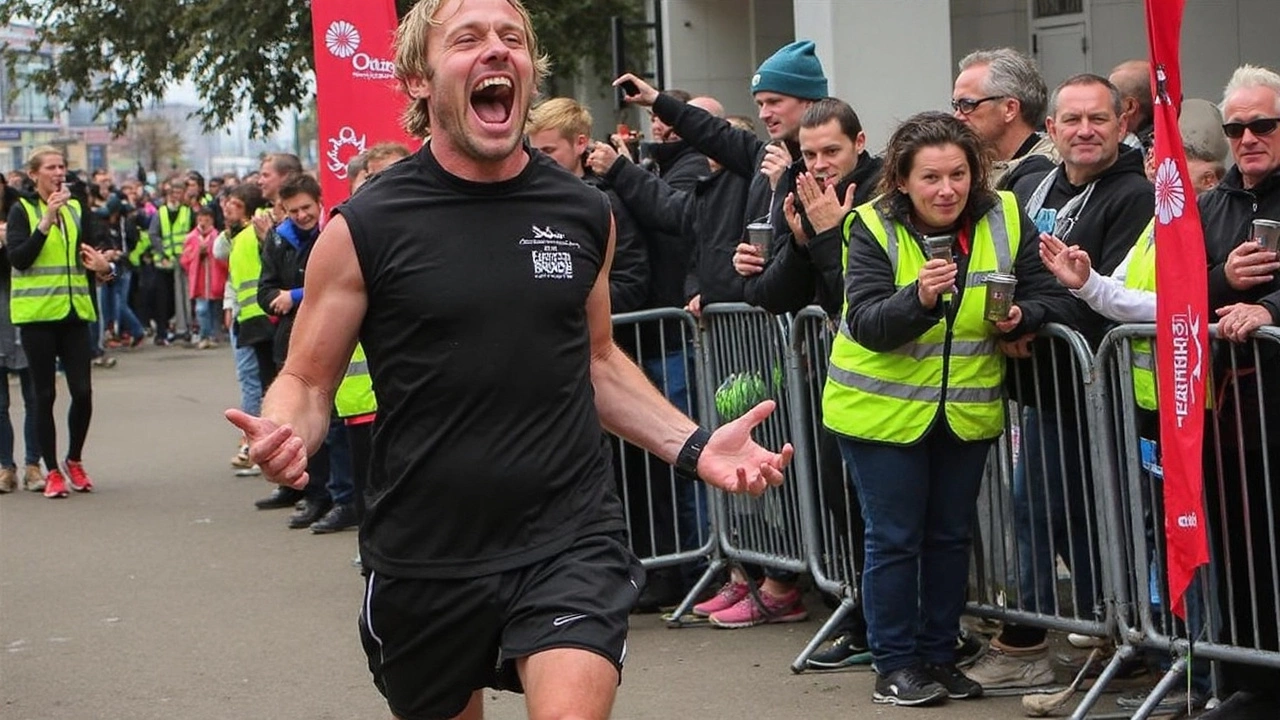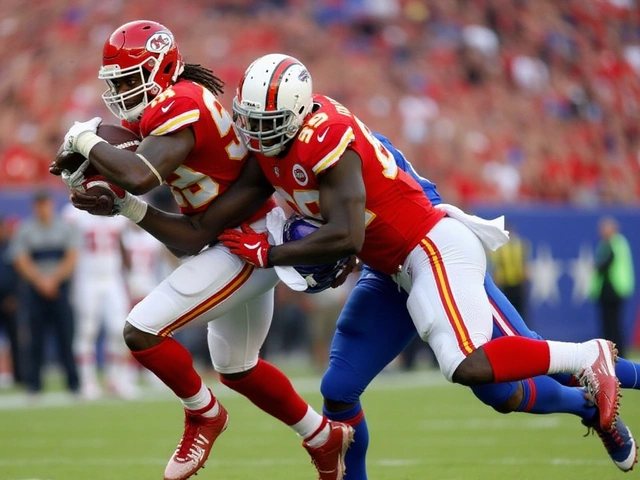Ultra Marathon Tips for Everyday Runners
If you’ve ever wondered what it takes to finish a race longer than a marathon, you’re in the right spot. Ultra marathons can feel intimidating, but breaking them down into simple steps makes them doable. Below you’ll find clear advice on training, gear, nutrition and mind‑set that works for most runners.
Training Plan Basics
Start by adding one long run each week. Aim for 15‑20% more mileage than your usual long run and increase the distance slowly – about a 10% jump every two weeks. This steady growth helps your body adapt without over‑training.
Mix in back‑to‑back long runs on weekends. For example, run 20 km on Saturday and 15 km on Sunday. The second day trains your legs to run on tired muscles, a key skill for ultra distances.
Don’t forget hill work. Find a short, steep hill and repeat it 8‑10 times. Hills improve strength and teach you to control your effort when the course gets hilly or mountain‑like.
Include one day of low‑intensity cross‑training, like cycling or swimming. It gives your joints a break while still building aerobic capacity. Keep the effort easy – think of it as active recovery.
Gear Essentials
Your shoes are the most important piece of equipment. Choose a pair with enough cushion for long miles but still responsive enough to feel natural. Many ultra runners swap to a slightly softer shoe after the 30‑km mark to protect their feet.
A lightweight, breathable running vest or waist pack can carry water, electrolytes, and snacks. Look for pockets that stay close to your body to avoid bouncing. Test the pack on a few long runs before race day.
Don’t ignore socks. Synthetic blends or merino wool keep feet dry and reduce blisters. Change socks at the first aid station if they get wet.
Sun protection matters, especially on longer daytime events. A hat with a brim and a quick‑dry sunscreen that won’t run into your eyes will keep you comfortable.
Lastly, bring a small first‑aid kit: blister pads, tape and a few pain relievers. You’ll thank yourself if a sore spot shows up late in the race.
Nutrition is the fuel that keeps you moving. Aim for 200‑300 calories per hour from easy‑to‑digest carbs like gels, chews or fruit. Pair carbs with a pinch of salt to replace sodium lost in sweat.
Practice your race‑day nutrition during long runs. If a certain gel makes you feel uneasy, ditch it early. The goal is to train your gut as well as your legs.
Mentally, break the race into smaller sections. Tell yourself you’re only running to the next aid station, then the next, and so on. This trick reduces the feeling of a huge distance and keeps motivation high.
Keeping a regular sleep schedule and staying hydrated in the days before the race will set a solid foundation. Rested muscles recover faster and perform better under fatigue.
With a gradual training plan, the right gear, and smart nutrition, an ultra marathon becomes a reachable goal rather than a fantasy. Start small, stay consistent, and enjoy each mile along the way.

Jamie Laing pushed his physical limits in a five-day ultra-marathon for Comic Relief, raising over £2 million. Despite his limited running experience, he tackled a 150-mile journey from London to Salford. Laing shared images of his swollen feet, humorously comparing them to 'Hobbit feet,' and attracting celebrity reactions. This endeavor marked a significant contribution to Comic Relief's 40th anniversary celebrations.
Continue Reading





